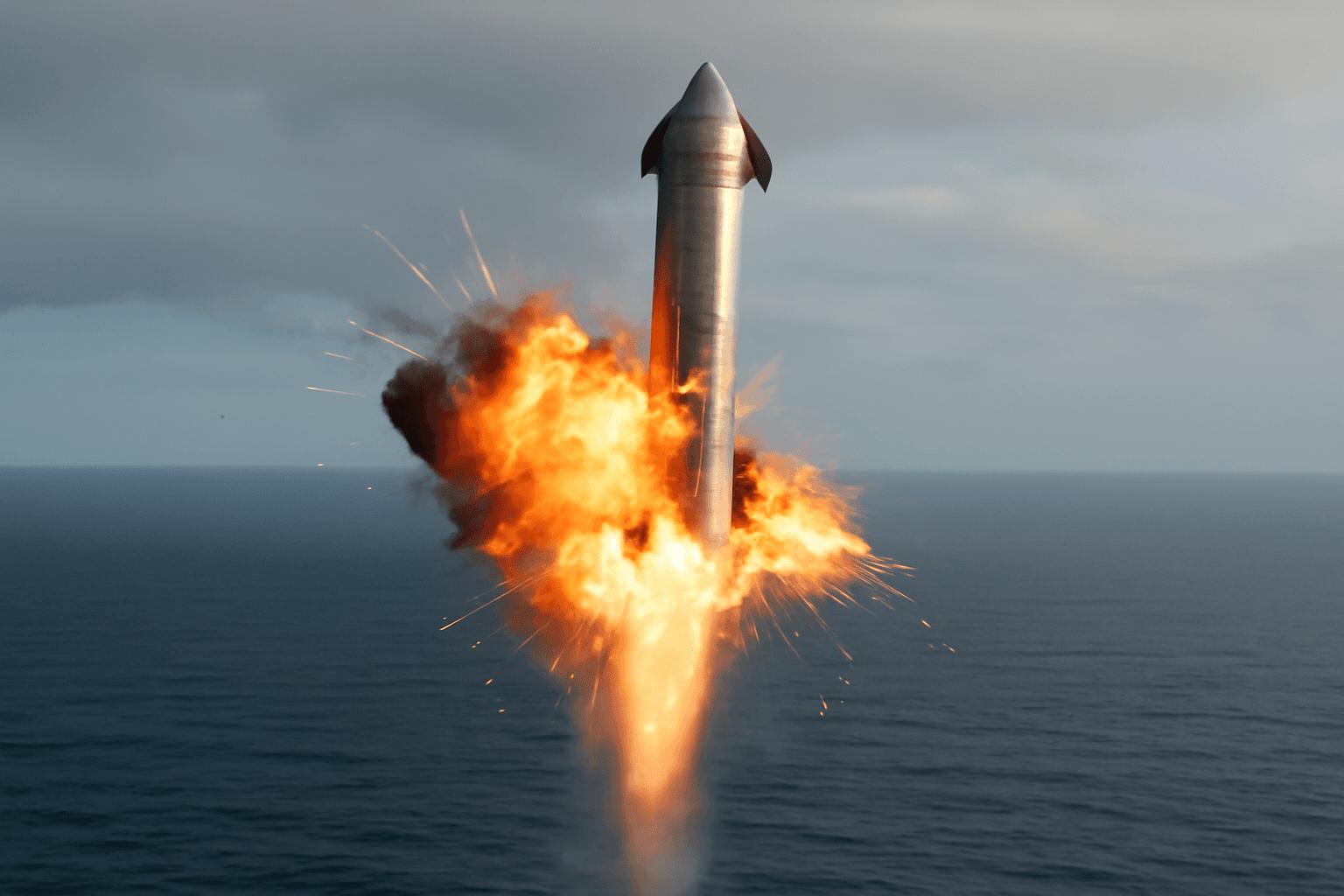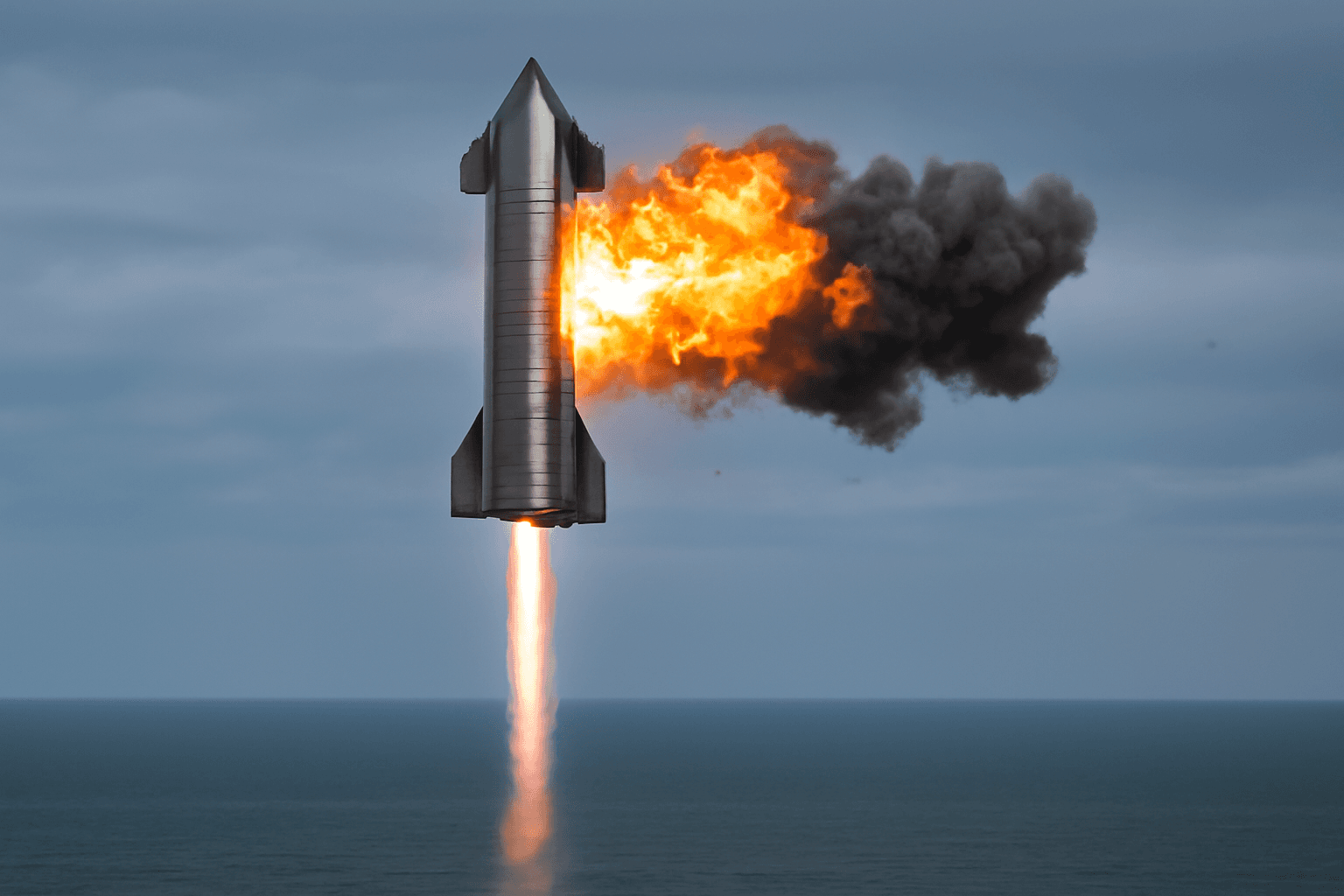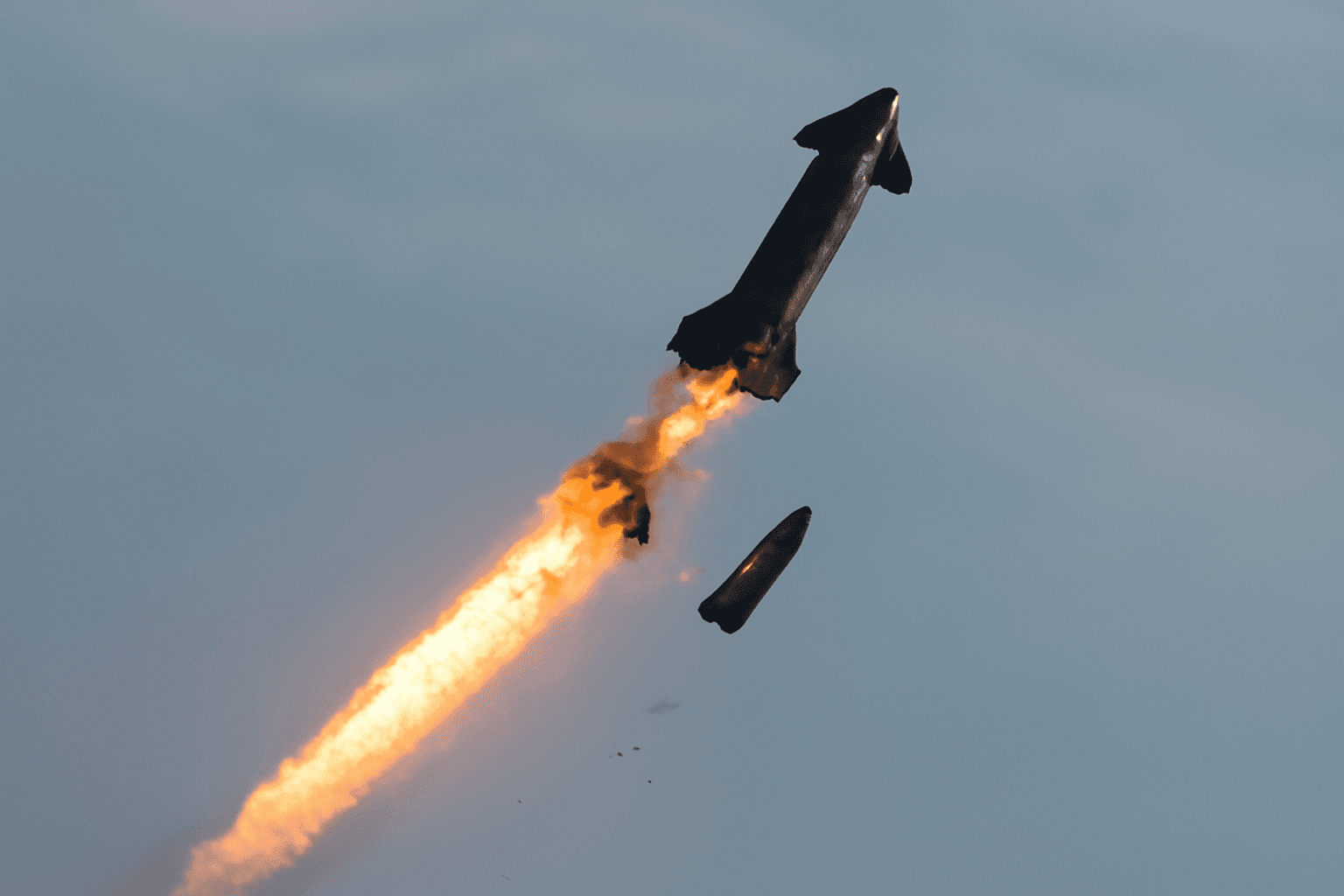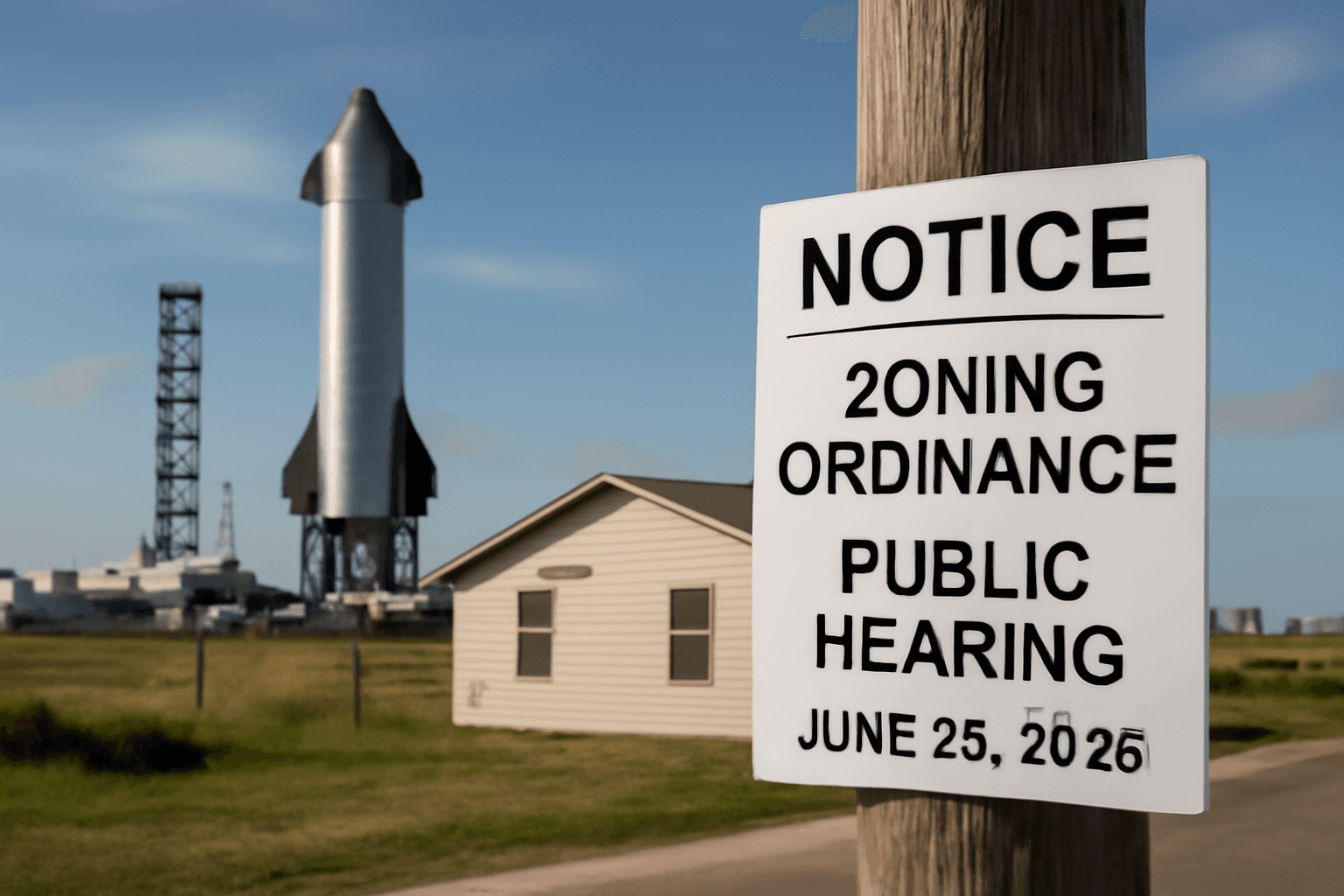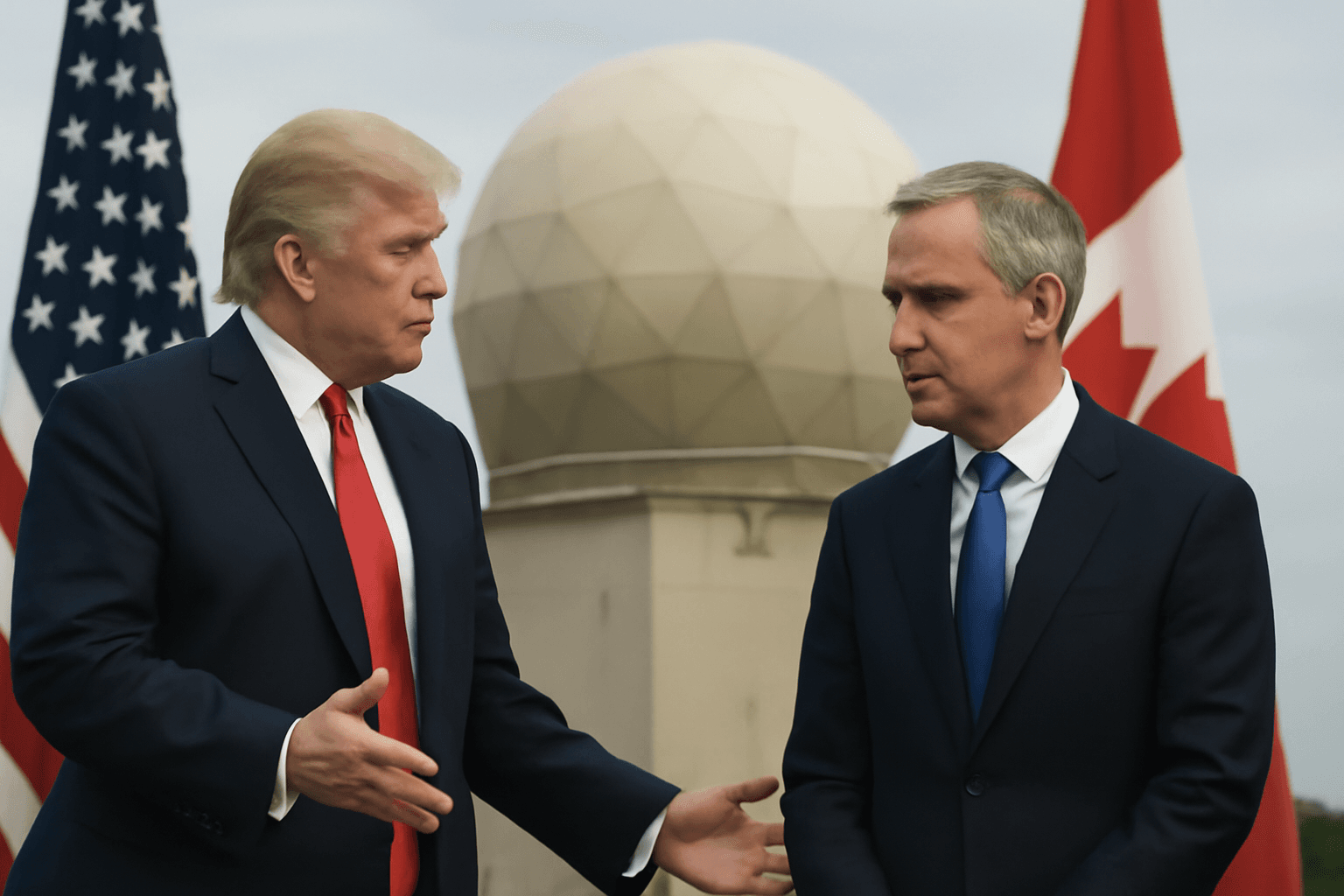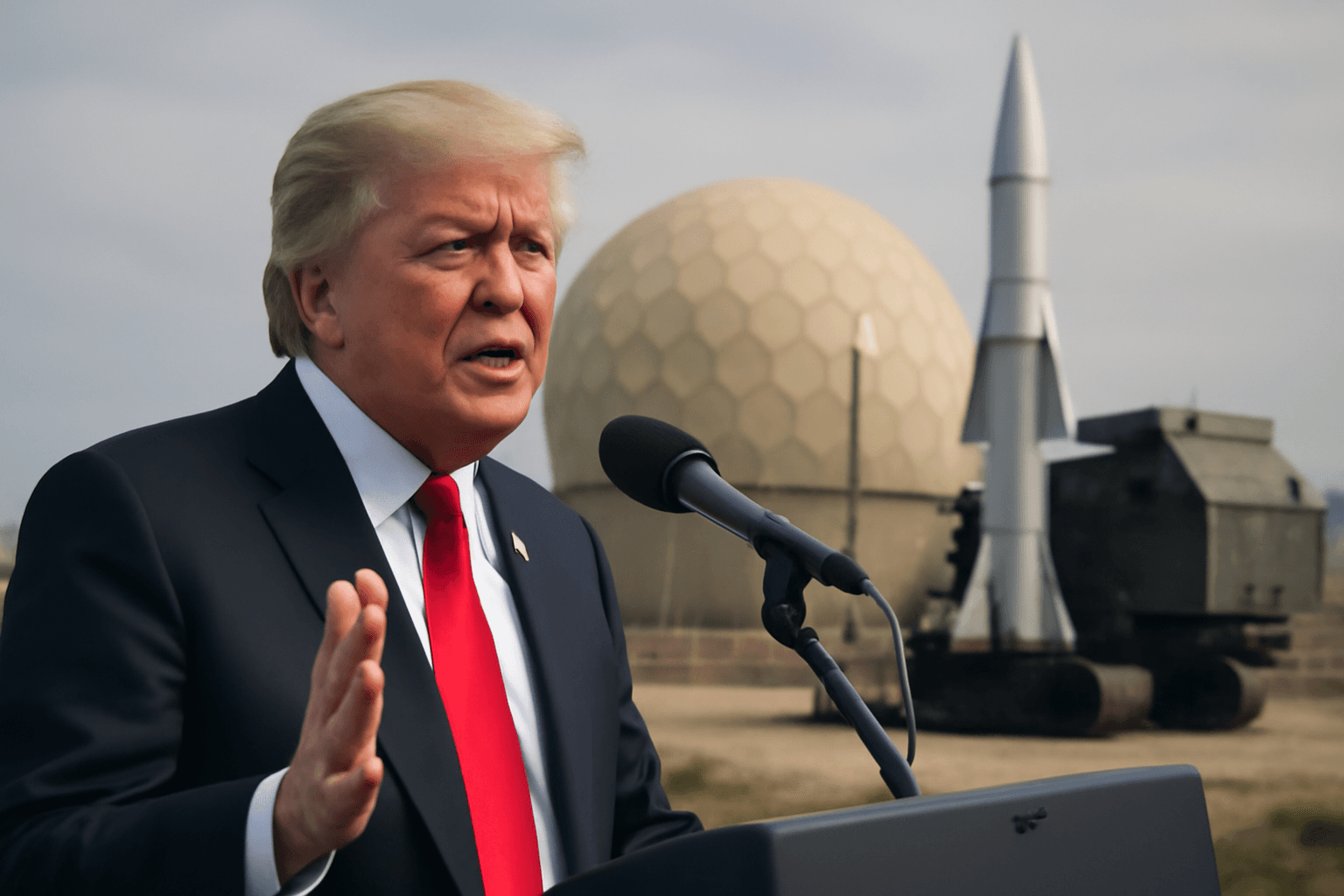Iron Dome's Proven Effectiveness Fuels Interest in Golden Dome
As tensions flare once again between Israel and Iran, much attention has turned to Israel's Iron Dome missile defense system, which has successfully intercepted a series of drones and missiles. This real-world performance highlights the growing interest in the United States' ambitious missile defense initiative, known as Golden Dome.
Golden Dome is a multi-layered, state-of-the-art missile defense concept proposed to safeguard U.S. territory from ballistic, hypersonic, and cruise missile threats. While the project carries a hefty price tag—with estimates running as high as $175 billion, and some analyses suggesting it could escalate to over $500 billion—it represents a critical step toward fortifying national security in an increasingly complex global threat environment.
Lessons From Iron Dome Shape U.S. Defense Strategy
Experts underline how Israel's successful missile defense buys essential time to respond strategically, a quality vital to U.S. security planning amid growing missile capabilities in adversarial nations. The system’s ability to maintain sufficient inventory and respond effectively serves as a warning and an inspiration for U.S. policymakers, who face more sophisticated threats from nations like Russia and China.
“The Israeli experience exemplifies the importance of prepositioning defensive inventory and readiness to counter numerous, complex missile salvos,” a defense analyst remarked, emphasizing the strategic urgency that underscores the Golden Dome initiative.
Golden Dome: A Modern Revival of Missile Defense Ambitions
Golden Dome echoes traces of the 1980s Strategic Defense Initiative—often dubbed 'Star Wars'—reviving the vision of a comprehensive shield against missile attacks. This time, however, the technology aims to integrate advanced satellites, sensors, and interceptors into a robust network covering the expansive U.S. homeland.
Yet, the timing presents geopolitical challenges; with pivotal arms control treaties between the U.S., Russia, and China in flux, the defense community faces the delicate task of advancing missile defenses without fueling new arms races.
Industry Eyes Golden Dome as a New Frontier
For aerospace and defense firms, Golden Dome offers a significant growth avenue amid tightened budgets elsewhere—particularly in space exploration sectors. Major players like Lockheed Martin and Boeing have already showcased their missile defense technologies at international events, positioning themselves to secure contracts in this expansive project.
Lockheed Martin's Tim Cahill highlighted, “Our products align perfectly with what the Golden Dome mission demands,” signaling industry confidence in contributing to this next-generation defense grid.
Political Momentum and Funding Highlights
Recent congressional actions underscore growing support for Golden Dome. Key lawmakers have established focused working groups collaborating with defense agencies to advance the project’s development. Moreover, the proposed $831.5 billion defense budget for fiscal 2026 allocates approximately $13 billion specifically for missile defense and space programs linked to Golden Dome, earmarking $8.8 billion for missile defense systems and $4.1 billion for related space initiatives.
Interestingly, the U.S. has reassured Canada that it can access Golden Dome's benefits without incurring a newly increased fee—provided it integrates more closely with the United States in this realm.
International Perspectives on Integrated Missile Defense
Globally, other regions are contemplating similar integrated defense networks. European aerospace leaders stress the importance of collaborative efforts to defend against missile threats, suggesting a continental approach supported by leading defense contractors. This reflects a shared understanding that coordinated missile defense is becoming indispensable in the modern security landscape.
Additional Industry and Space Updates
- NASA has postponed a private astronaut launch to the International Space Station amid investigations into air leaks in Russian modules.
- Chinese research institutions are spearheading a global push to establish a ground-based space weather monitoring network.
- NASA is winding down remote working arrangements, requiring Jet Propulsion Laboratory staff to return on-site by late 2025.
- The European Space Agency's Solar Orbiter captured the first-ever images of the Sun’s south pole, with improved data expected by 2027.
- The European Space Agency is assessing how proposed NASA budget cuts might impact joint space programs.
Notable Moves in the Space Industry
- The U.S. government is reviewing federal contracts awarded to SpaceX amid heightened tensions between Elon Musk and U.S. leadership.
- SpaceX's Starship suffered an explosion during routine testing at its Starbase facility.
- Blue Origin announced the passenger list for its 13th crewed suborbital flight, continuing its space tourism efforts.
- Vast released a virtual reality app allowing public access to views of its planned commercial space station, Haven-1.
- Satellite manufacturer Muon Space secured $90 million in funding to expand production and acquire propulsion technology.
- Redwire has increased the size of its initial public offering to raise $260 million for its aerospace ventures.
Upcoming Launches and Events
- June 19-22: International Space Development Conference, Orlando, Florida.
- June 20: Rocket Lab's Electron launch from New Zealand and China’s Long March 3B/E launch from Xichang.
- June 21: Blue Origin’s New Shepard crewed flight from Texas.
- June 22: Two SpaceX Falcon 9 launches — one deploying Starlink satellites, the other carrying Axiom Space's crew to the ISS.
- June 23: Japan’s H-IIA launch from Tanegashima with GOSAT-GW satellite.
- June 25: SpaceX Falcon 9 Starlink satellite deployment.


